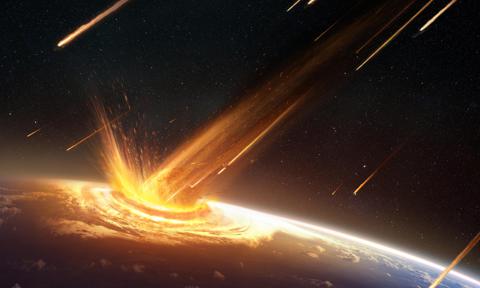
There’s a lot going on in the world of astronomers and space. The James Webb Telescope is not letting up and is sending one stunning image of the ancient universe after another and strange, invisible black holes are also being discovered lurking outside our galaxy. If that wasn’t enough, NASA reports that the Earth will have two skyscraper-sized asteroids whizz by this weekend.
MORE: Researchers Have Recorded An Energy Imbalance On Earth
According to NASA, the first one of the two, 2016CZ31, will fly by the planet on Friday evening, at an estimated 55,618 km/hr. Astronomers have estimated that the asteroid measures about 400 feet (or 122meters) across its widest point. The second one, 2013CU83, will pass the Earth on Saturday, and is reportedly 600 feet across its widest section.
But should you be cancelling your weekend plans in favour of fulfilling whatever bucket list items you had set out for yourself to complete before the end of times? Not really.
The experts have revealed that the two asteroids are predicted to safely miss our planet, with the first one passing about 2.8 million km away from Earth, and the second one at 6.9 million km.
READ: A Massive Sunspot Has Doubled In Size
But it’s not all good news, as it turns out. The asteroids still pose a risk to the planet as even a slight shift in their trajectory could put them in a collision course with Earth on any future fly-by. This could happen if the asteroid’s orbit interacts with a stronger gravitational force, like that of a planet.
In November 2021, NASA’s Planetary Defence Coordination Office (PDCO) launched an asteroid deflecting spacecraft called the Double Asteroid Redirection Test (DART) which is on a mission to slam directly into the 525-foot-wide asteroid Dimorphos in autumn 2022. This test will not destroy the asteroid but shift its trajectory slightly. It will help test the ability of asteroid deflection, in case these asteroids pose a threat of a collision in the future.
As for catching a glimpse of these asteroids, you can spot them int he night sky throughout July 29 and 30th with a powerful telescope.





